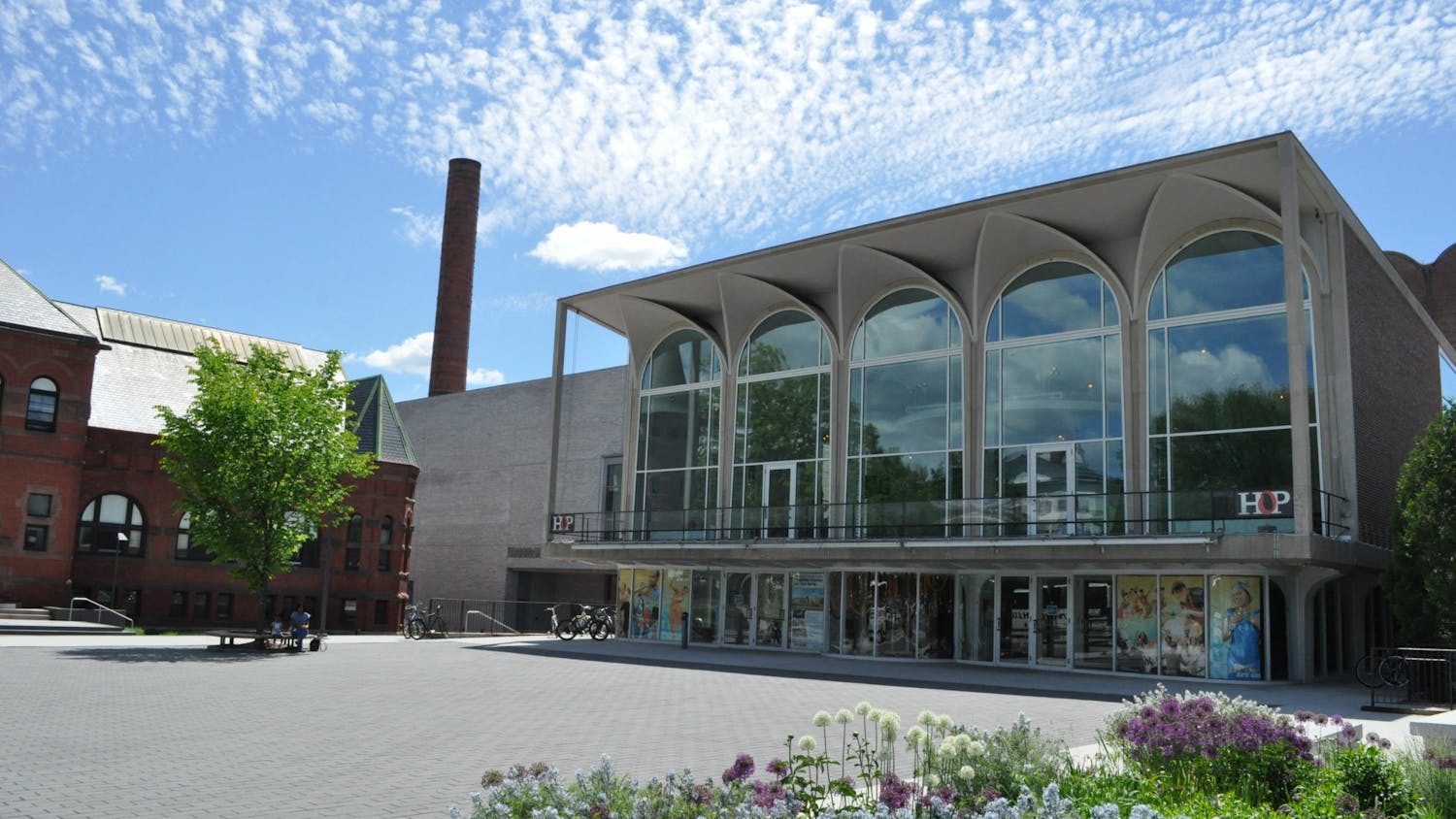Like many other book lovers, I found myself trapped in the confines of “BookTok,” the community of TikTok users who share and discuss book recommendations, at the height of quarantine. The BookTok canon is both particular and chaotic, filled with young adult novels like “The Song of Achilles” and messy romance books like “Red, White, & Royal Blue.” Hanya Yanagihara’s 2015 book “A Little Life,” though not in the same genre, is still adored by those in the BookTok community. “A Little Life,” which attracted a strong fanbase but received mixed reviews from critics, operated on extremes and had a profound emotional impact on readers. My reaction to it was ambivalent. The novel operated on such insane highs and desperate lows that I was frankly left trying to recover emotionally. Yanagihara’s newest novel, “To Paradise,” elicited a similar response.
The book is the zeitgeist of the pandemic novel, a series of stories centered around the upending nature of viruses. I was very hesitant to pick it up because I didn’t know if I had the capacity to process a storyline surrounding a similar COVID-19 experience to our own, but the concept of alternative history that the book is advertised under intrigued me.
“To Paradise” is ultimately three separate shortened and fragmented books making one weighty novel of over 700 pages. The three separate sections, all based in New York, are defined by their time period in reimagined American history: 1893, 1993 and 2093. Yanagihara’s creativity shines through in her narrative structure. She gives readers timestamps that we have some familiarity with, yet changes details in order to grapple with our national identity.
In Yanagihara’s 1893, homosexuality is legal, but racism and classism still perpetuate in the daily lives of Americans. The 1993 section is centered around the AIDS epidemic in New York, featuring a character that is Hawaiian royalty, but from a Hawaii that was able to gain independence from the United States. 2093 is perhaps the most terrifying; situated in a world that is constantly in a pandemic and totalitarian rule has upturned the tatters of our democracy.
The most confusing aspect of this lengthy reading experience is that the characters are different people but share a name throughout the three time periods. The transitions from part one to part two and so on become almost like a catchup game. All the characters are named Charles, David and Peter. As I navigated history and time changes, I had to erase my emotional connections with the characters from the last part. Peter even comments in part three, “There are far too many Davids.” The recycling of names is an exciting concept that Yanagihara spoke about in an interview with The Observer:
“We’re often renaming things in the United States,” Yanagihara remarked. “There’s this idea that naming something changes the fundamental nature of it, but does naming who we are make us more real to others?”
Her philosophy regarding the recycling of names is profound and a great story tool to play with, but I didn’t feel that it genuinely landed in “To Paradise.” It served more as a burden to the reader trying to dissect what’s happening when and where than a fascinating moral question.
The characters have the same names, but little beyond New York connects them together. The lack of linkage between the three parts made the novel feel fractured.
Despite this, I really admired the cyclical story structure. Every part finished with an image of the characters reaching into the future with a naive hopefulness and murmuring, “To Paradise.” This is the most compelling part of the novel. Repeating the obsession with finding paradise throughout disillusioned the very concept of what paradise is. The various Davids, Peters and Charleses wanted a better future. However, over the course of three centuries, that future was muddled with more disease and instability.
The novel, more or less, works because of its alternative history concept. Yanagihara riddles the question of “What if?” What if homosexuality wasn’t illegal in 1893? What if Hawaii did gain independence when it tried to? What if we responded differently to the pandemic?
These are all critical questions that we must ask ourselves in order to reckon with America’s past, present and future. However, the novel had no satisfying end. Yanagihara’s point was not to draw a pretty picture with all loose ends tied. Instead, it did more to question than provide answers. My reluctance to read this pandemic novel in the first place is a great example of what we should not be doing: running away from our history and not accepting responsibility to help mold our future.
“To Paradise” exhibits a micro and macrocosm of personal cause and effect; Yanagihara asks if the little actions we take in our daily lives impact the course of history. Her novel explores the idea of individual agency in relation to a larger historical trajectory.
This was a painful reading experience, but rewarding. Any novel that leaves me hoping for more is a successful one, and “To Paradise” does just that. I wish that the connections between the different parts of the book were more apparent, and the characters were more clear cut. Yet, Yanagihara pushes the idea that that is not life. “To Paradise” forces the reader to confront both the shameful and encouraging aspects of America’s history that continue to impact the nation today. In an incomplete novel, she gives the reader agency to decide what paradise is and how we will achieve it, if ever.
Rating: ★★★☆☆




